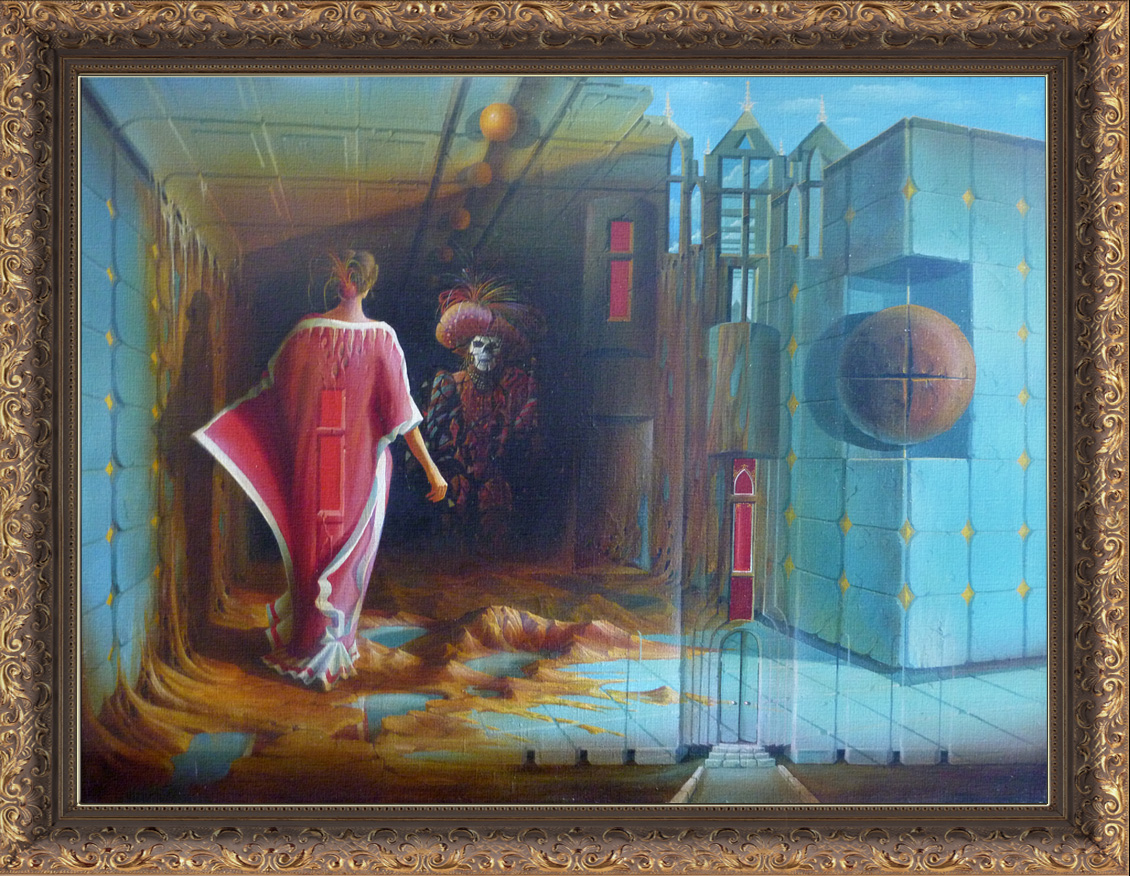

Extension of Interior Space


Popular culture, like surrealism, is difficult to define precisely. Yet here too an overview may assist readers unfamiliar with the issues, as well as clarify my own use of the term. Traditionally, a distinction is drawn between mass and popular culture. The opposition is based largely upon the differing social bases of cultural production; mass culture is produced by an entrepreneurial elite and marketed to the general population, while popular people themselves generate culture. In France, and in Europe generally, the ascendancy of mass culture began in the sixteenth century with the advent of the printing press, the Protestant and Catholic Reformations, and the social rise of European commercial and professional elites. The full flowering of mass culture commenced during the late nineteenth-century Belle Époque, with the transition from industrial to consumer capitalism, the implementation of compulsory national education programs, and the advent of communications technologies such as the mass-circulation daily newspaper, the telegraph, and telephone, the cinema, and soon thereafter wireless radio. In the twentieth century, numerous European intellectuals generated critiques of mass culture, among which perhaps the most widely known are Henri Lefebvre's critique of the society of consumption.
In recent decades however, some historians and intellectuals have questioned whether a sharp distinction between mass and popular culture can be maintained. Both social historians and critical theorists have challenged presumed processes of social homogenization and ideological domination associated with mass culture. I also question the usefulness of maintaining a strict distinction between mass culture and popular culture, particularly in twentieth-century Western Europe and North America, where the popularity of mass culture vastly overreaches the influence of folk cultures. Instead, I employ the surrealists to help me sift through the morass of mass culture to recover a “secret history” of popular culture in early twentieth-century France. That is, the surrealists guide me, as a cultural historian, to specific expressions of a mass culture whose cultural meanings remain partially detached from the ideological interests or social values of their commercial production.
1991 year, Oil x Canvas, 102x78 centimeters, St. Petersburg, signed as Y. Gribanovsky
Artist’s possession 2011. The painting has been destroyed accidentally by the author in 2015.
Attack Nostalgia Dark mystical dangerous gloomy mystic unsafe sinister treacherous, Fine-art painting traditional oil canvas brush pencil drawing classic art illustration, idealistic metaphorical allegorical symbolic, Surrealistic phantasmagoric incongruous imagery phantasmagorical psychoanalyticalSurreal visionary contemporary surrealist artist modern surrealism neo-surrealism
Extension of Interior Space
Extension of Interior Space
Extension of Interior Space